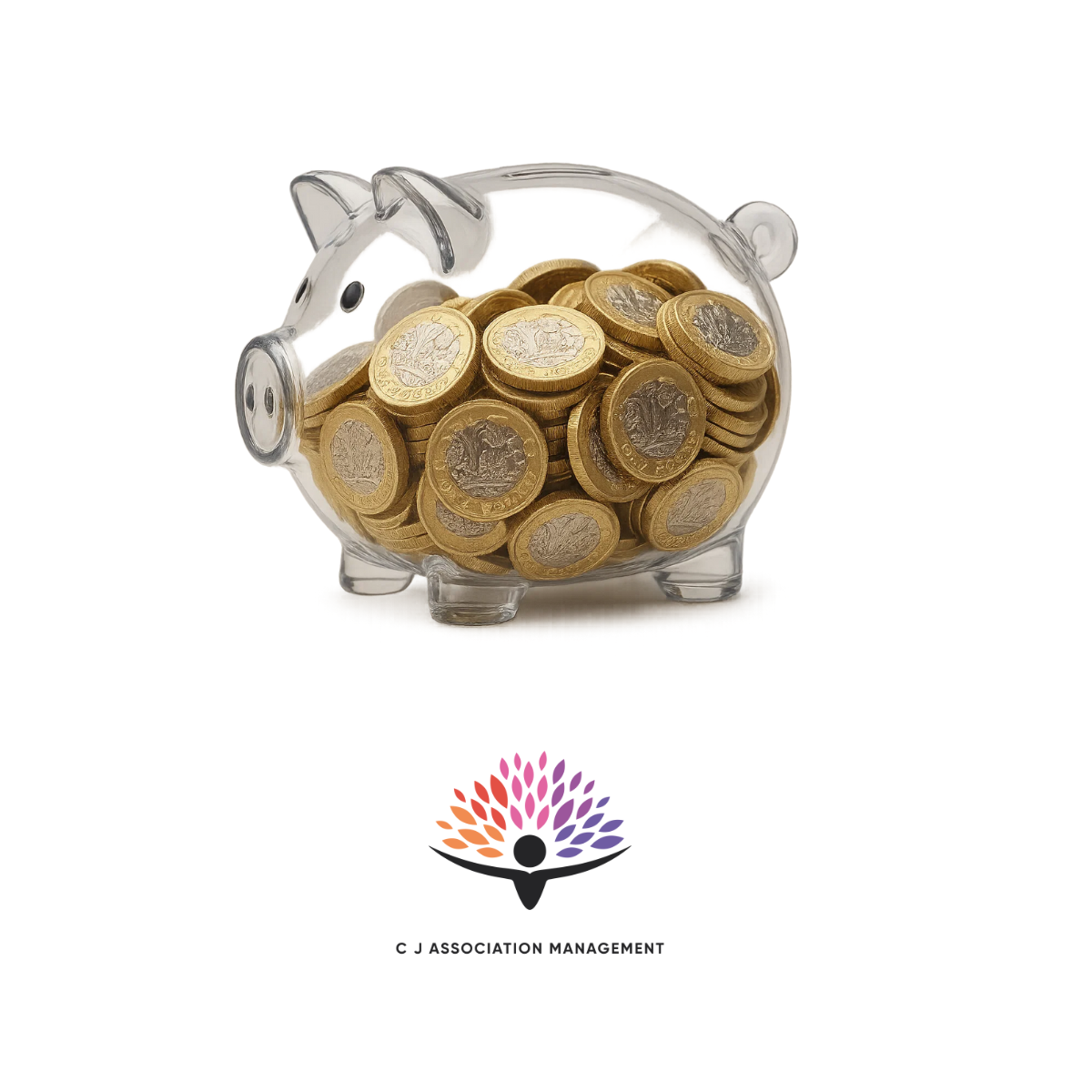In today's increasingly connected world, members expect more than just newsletters and renewal notices from…
Sharing best practice – round up
David Hopkins, Charities Aid Foundation (CAF)
Don’t underestimate the value of natural interaction: Two vehicles that work well in terms of the idea of sharing have been the physical hub model – i.e. where an organisation has created a shared space that charities can work out of, and the natural interaction that evolves through conversation and partnerships.
It’s important to bring charities together to share war stories, swap ideas and hear from others about new approaches. My experience has been that the value of these events – as a grant maker and as a participant – far outstrips the impact of newsletters, guidance notes, case studies as a means of stimulating new approaches.
Marie Faulkner, NCVO
The way we work is region-specific: We have elected community reporters across the country (two or three in each region) and rely on them to share what’s going on in their region and any examples of best practice. It’s important that these people are engaged – all commenting on our forums and posting on Twitter – and are usually those we have met and have relationships with. We then make sure we email them every couple of months with particular asks to ensure we have some engagement.
Sometimes it’s how you manage, not what you manage: Sometimes it’s not to show amazing projects or campaigns, but how organisations managed it internally.
Judith Davey, ActionAid
Share your best practice between boards: I have seen some interesting examples of sharing best practice and learning in boards in the not-for-profit sector recently: where the board of one organisation meets with a board of another organisation and shares experiences of dealing with challenges and issues.
At ActionAid we always have a member of the federation on each other’s Board. So for example, I’m on the board of ActionAid Uganda and the Kenya country director is on the ActionAid UK board. This is a good way of sharing best practice from our different perspectives and contexts.
Mentoring is helpful: Mentoring and co-coaching arrangements between different not-for-profit organisations can also be a good way of sharing good practice. Arrangements like this between organisations can be really helpful as they bring different perspectives to bear when addressing shared challenges. In my experience this can be just as good as an external professional coach in terms of learning, but many charities can’t afford to pay expensive fees.
Think about who you’re networking with: Although an obvious point, the quality of your network is crucial. I’m lucky enough to have a great network of contacts. I’m a member of lots of linkedin groups, and it’s a good idea to tick the box in settings where you get a consolidated update on a weekly basis. If I’m researching something or want input or insights on a particular topic, I’ll post a carefully phrased question to the relevant groups. I’ve done this a lot and the responses have usually been on point.
Yearly reviews give good feedback: At ActionAid, we produce an accountability document each year showing how well we’ve done, describing the challenges that we’ve faced and how we’ve dealt with them. Crucially, the report focuses on how we have applied learning throughout the year. The Board approves the report, and always challenges the senior leadership team on what we’ve changed in the light of what we’ve learned. This leadership from the top is important in applying best practice.
Sylwia Presley, Barcamp Nonprofits
Sharing best practice with your competitors is important: I’m a bit worried about competitiveness in regards to good ideas. At least when it comes to digital and social media the overall culture is driven by sharing and collaboration. Keeping the best ideas might benefit your organisation, but you wont gain support of public audiences with this approach.
Sharing best practice is crucial for the future of charities and social good but also for the success of particular campaigns. So I would not draw a line at all. There is a possibility to “own” the idea with good timing of execution and presentation: if your organisation has a great idea, launches it and executes it well that should be enough of a success.
Madeleine Sugden, KnowHow NonProfit
Best practice is different for different people: I don’t think there’s one thing that works best. What is useful best practice for you might not be for everyone. Also, I think there’s a difference between generally soaking up what’s happening across the sector or in your particular field and looking for inspiration on a particular bit of work.
Mike Dykes, Charity Finance Group
Having an online document library is useful for our members: Our members tend to be resource-restrained and time-poor so being able to access examples of best practice easily and without having to ‘re-invent the wheel’ is very important. To that end we have an online document library to which members can donate examples of policies and procedures that others can download. Our members from the larger charities have relatively more fully evolved sets of such documents and this is one way of re-distributing some of that collatoral out to the smaller member charities.
Zoe Amar is a charity marketing and digital communications expert
Use LinkedIn: LinkedIn is a treasure trove of great content and insights. The best places for these are the news feed (visible on the homepage when you log onto LinkedIn). You can break your news down into particular categories which you can follow, for example stories about PR or nonprofits. The groups on LinkedIn are also useful sources of discussion and ideas. Basically I’ve found that time invested in LinkedIn reaps very good returns.



